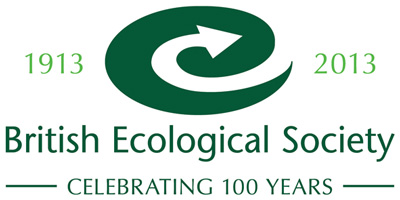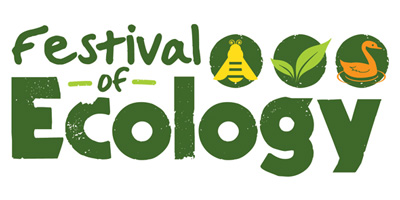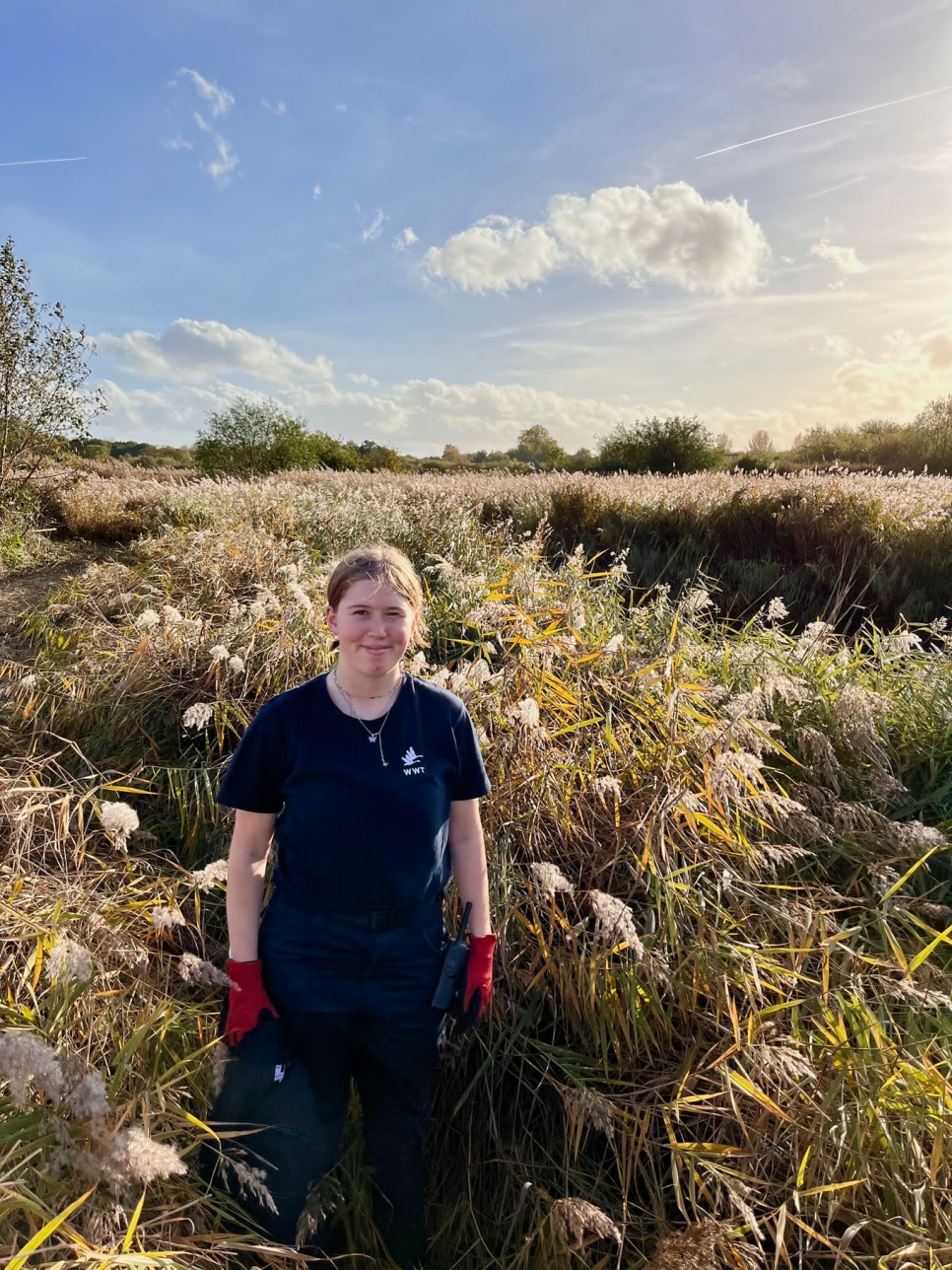Perfect Pond Season - 1
Guest blog by Nick Oliver
We’re two weeks into our Perfect Pond Season, part of the British Ecological Society’s Festival of Ecology, which marks their centenary year. Visitors have enjoyed the opportunity to join in with our freshwater surveys across different locations on site.
Our comparative pond survey follows the methodology of the National Pond Survey published by Pond Action, and uses the BMWP (Biological Monitoring Working Party) biotic index to assess water quality.
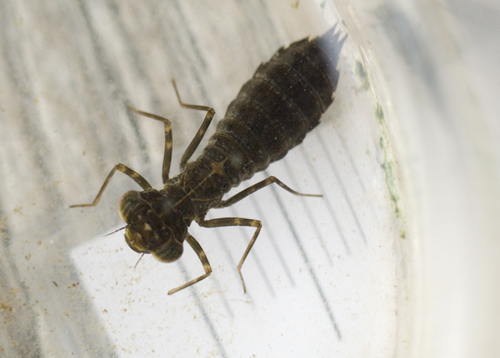
Invertebrates caught are identified to family level, and each family is given a score between 1 and 10. Different aquatic invertebrates have different tolerances to pollution, and the score each family gets reflects their perceived susceptibility to pollutants. The overall BMWP score is the sum of all the scores for each of the invertebrate families present at a site, and is not determined by the number of organisms sampled.
On the first weekend of the comparative pond surveys, we based ourselves by the Amphibian Pond in Wildside, and results have varied according to weather conditions. During warm sunny spells, more animals were present and surveyors were rewarded with an overall BMWP rating of Good, indicating that the water in that area of Wildside is good, and only slightly impacted by pollutants. During more overcast or wet spells, fewer types of animals were netted, giving us scores in the range of moderately impacted.
On the first damp day, a mystery nymph was found in one of the surveyor’s trays, and identification in situ was tricky with the creature being only a few millimetres in length, so the specimen was potted up and kept in a refrigerator overnight so that it could be identified under a microscope the following day. Keeping invertebrate specimens cool overnight is the normal method for these situations, and they come to no harm – after all, during winter months, many of these animals have to tolerate temperatures much lower than those of a domestic fridge!
On closer inspection, the mystery nymph was identified as an alderfly larva (Sialidae spp.) and the previous days surveyors were right to be mystified, as these can grow to 25mm in some cases.
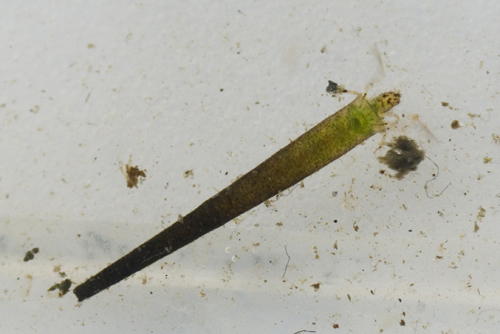
Another surprise came in the shape of a cased caddisfly larva, of the family Leptoceridae, and our survey sheets had to be updated to include this family as more kept cropping up each and every time we surveyed. Trianodes bicolor - the particular species found - is a great indicator of water quality on the BMWP index as it carries a hefty score of 10. Also of note was the presence of several Brown Hawker nymphs (Aeshna grandis), and members of the Caenidae family of Mayfly nymphs.
In the Cricklade Stream, on the South route of the reserve, results have been mixed. Over a weekend of sampling, individual survey scores indicated that the water there was poor – in other words polluted – but taking that weekend’s surveys together, the number of invertebrates present at that location actually gave an overall BMWP rating of moderate – so still pollutants present though not as bad as individual surveys had suggested.
And finally, our pond succession experiment. Back in April members of the Learning team dug a pond on the bank in the Pond Zone, and filled it with rain water collected in a water butt. As we expected, the first invertebrates to arrive were mosquito larvae (leave a bucket of water outside your back door and you can guarantee that within a couple of weeks you’ll get exactly the same result). So, no surprises there. However, here we are at the end of June, and not much has changed. Water mites made a brief appearance, but these appear to have been replaced by biting midge larvae. And mosquito larvae are there – in abundance. We’ll let you know if those other early pond colonisers – diving beetles and pond skaters – make an appearance.
Find out more about our Perfect Pond Season
